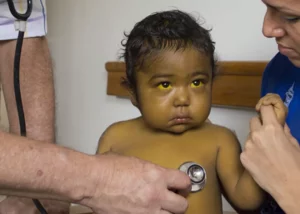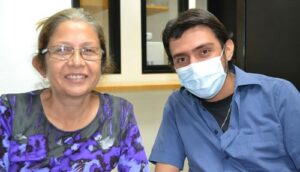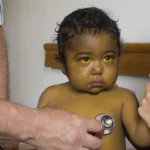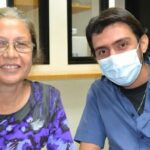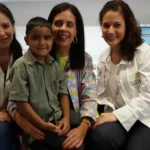Non-alcoholic fatty liver disease, NAFLD for short, is the buildup of fat in liver cells. It is one of the most common liver conditions and occurs in patients who consume little or no alcohol.
It is one of the most common chronic liver diseases in the United States, as well as being highly prevalent in Western countries. Some patients with NAFLD can develop non-alcoholic steatohepatitis, a more advanced and aggressive form of fatty liver disease. This is specified by mayoclinic.
What are the symptoms of non-alcoholic fatty liver disease?
Usually there are no symptoms, but when they appear they include fatigue and pain in the upper right part of the abdomen. On the other hand, when the disease is in a more advanced stage as in non-alcoholic steatohepatitis (NASH) or cirrhosis, the following symptoms are present:
- Clenched spleen
- Reddened palms of the hands
- Abdominal swelling
- Enlarged blood vessels
- Yellowing of the eyes or skin
A visit to your doctor is recommended if you have any of these signs. However, you can also prevent the disease by maintaining a healthy diet, rich in fruits, vegetables and good fats. It will also help to maintain a stable and healthy weight, this combined with exercise routines will help to avoid the development of non-alcoholic fatty liver disease.
There are some factors that contribute to the development or possible appearance of this disease. Such as: metabolic syndrome, sleep apnea, high cholesterol, type 2 diabetes, polycystic ovarian syndrome, obesity, hypertension.
What would be the possible treatment?
First of all, a weight loss corresponding to 10% of the patient’s current muscle mass will be recommended. Although the risk factors are lower if the patient’s initial weight is reduced by 3 to 5 percent. On the other hand, liver transplantation may be an option for those patients in whom the disease has advanced severely and present cirrhosis. It is recommended to follow the indications of the physician, who will attend according to the needs of each patient.





